Inferno Canto 31
OVERVIEW
Melinda Nielsen is an Associate Professor of Classical Literature in the Great Texts Department at Baylor University. She is a specialist in Boethius, Medieval English Literature, and Manuscript Studies.
Questions for Reflection
- As Dante and Virgil prepare to descend into the deepest realm of hell, we have a scene in which the pilgrim misperceives giants as a range of city towers. How does this error of seeing and perception fit into the themes of fraud from the previous cantos? Has Dante’s understanding reverted back to the dark wood of Inferno 1?
- Why does Virgil think it is a good thing that nature has renounced the making of giants (31.49-57)?
- How do the giants display the full corruption of hell (31.55-57)?
- Why would Dante first describe the giant Nimrod, the architect of the tower of babel? Why does Nimrod speak only gibberish? Why might he be such an affront to a poet such as Dante? How does Nimrod represent to Dante a similar “fall” as Adam and Eve, though the former’s was a fall of language?
- What sets Antaeus apart from the other giants? Why would he care about the fame that Dante can offer once he has returned to real life?
- It is not often in Inferno that one of the monsters actively helps the pilgrim. Is Antaeus a traitor within the gates of Satan’s city of Dis? Why have a scene of treachery mark the transition from the malebolge to the final circle of hell?
DETAILS
- Dr. Melinda Nielsen
- Baylor University
- Run Time 8:34








